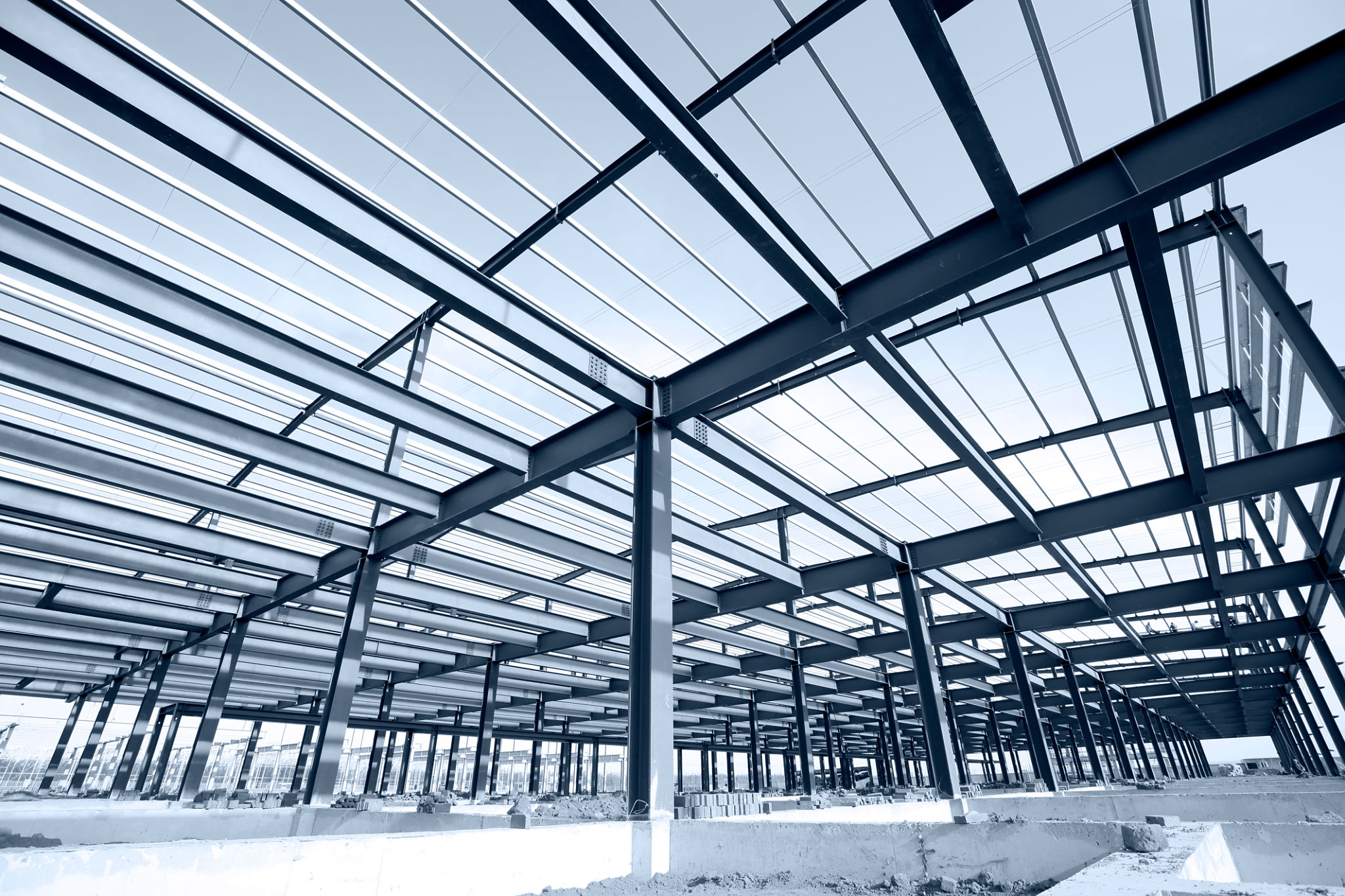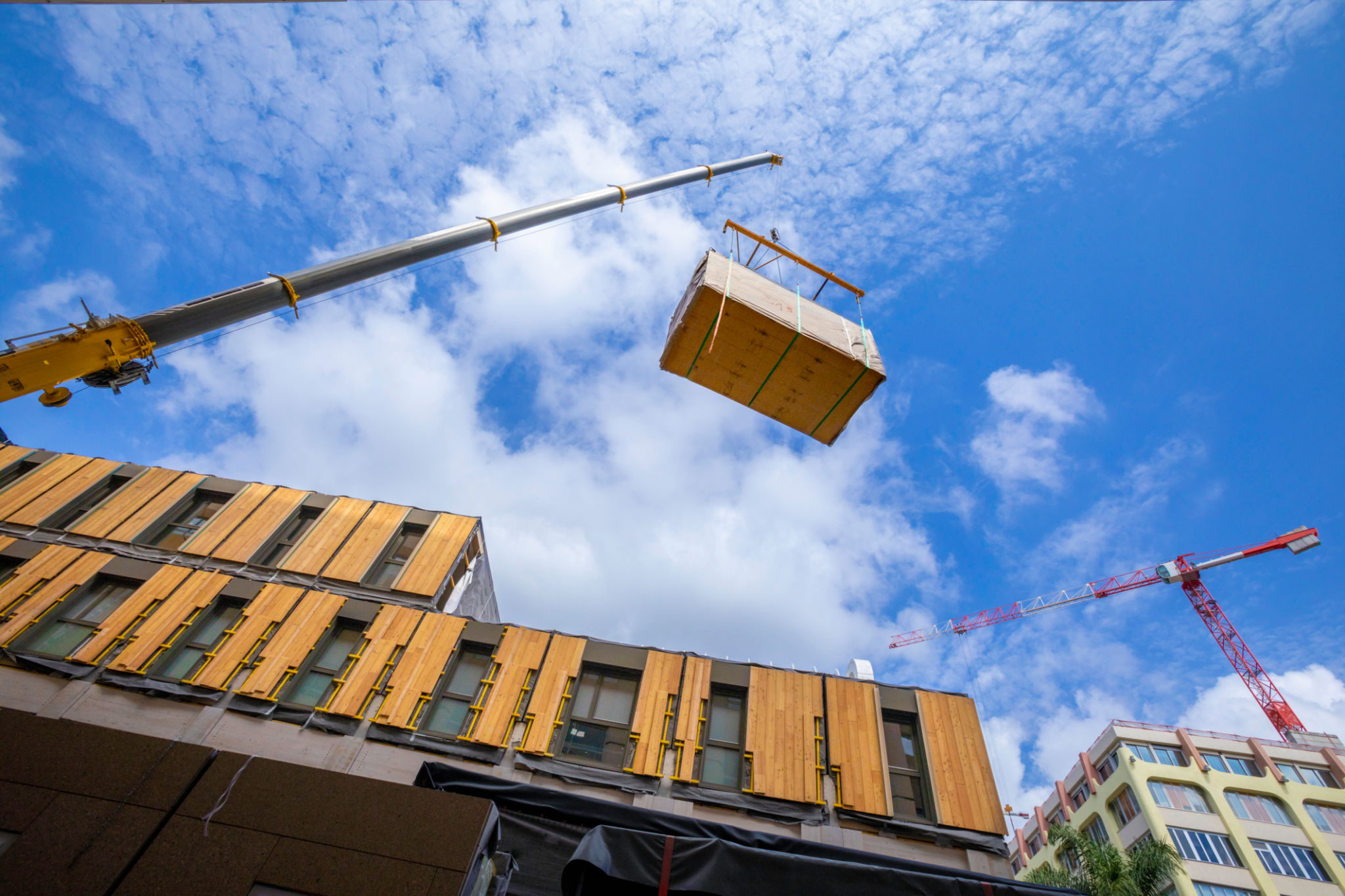Comparing Industrial Construction Methods: Steel vs. Concrete
Introduction to Industrial Construction Methods
In the world of industrial construction, choosing the right building material is crucial for the success of a project. Two of the most commonly used materials are steel and concrete. Each has its own set of advantages and disadvantages, depending on the specific needs of a project. Understanding these differences can help in making informed decisions for construction projects.

Strength and Durability
When it comes to strength, both steel and concrete have their unique strengths. Steel is renowned for its tensile strength and ability to withstand heavy loads without bending, making it an ideal choice for skyscrapers and large industrial buildings. On the other hand, concrete is known for its compressive strength, which makes it perfect for structures that need to bear weight over a wide area, such as bridges and dams.
In terms of durability, concrete is often preferred for its ability to withstand harsh weather conditions and its resistance to fire and corrosion. Steel, however, can be susceptible to rust if not properly treated but offers excellent longevity when maintained correctly.
Construction Speed and Cost
One of the significant advantages of using steel in construction is the speed at which structures can be assembled. Steel components are often prefabricated off-site, allowing for quick assembly upon delivery. This can significantly reduce construction time and labor costs.
Concrete construction, while generally slower due to curing times, can be more cost-effective in terms of material costs. However, the extended timelines can offset these savings, especially on large projects.

Flexibility and Design
Steel offers unparalleled flexibility in design, allowing architects to create complex shapes and structures that would be difficult or impossible with concrete. Its ability to span long distances without support makes it ideal for open-plan architectures.
Concrete is more limited in terms of design flexibility due to its weight and the need for molds during construction. However, advancements in concrete technology have introduced new forms like pre-stressed and post-tensioned concrete that offer greater flexibility than traditional methods.
Sustainability Considerations
Sustainability is becoming an increasingly important factor in construction. Steel is highly recyclable, which makes it a more sustainable option in terms of material reuse. However, the production of steel is energy-intensive and has a significant carbon footprint.

Concrete has a lower initial carbon footprint compared to steel but can be less sustainable over the long term due to its non-recyclable nature. Innovations like green concrete, which incorporates recycled materials and has reduced cement content, are helping to improve its sustainability credentials.
Conclusion
The choice between steel and concrete depends largely on the specific requirements of a project, including factors like strength, cost, speed of construction, design flexibility, and sustainability. By carefully considering these factors, builders and architects can choose the right material for their projects, ensuring both functionality and efficiency.
